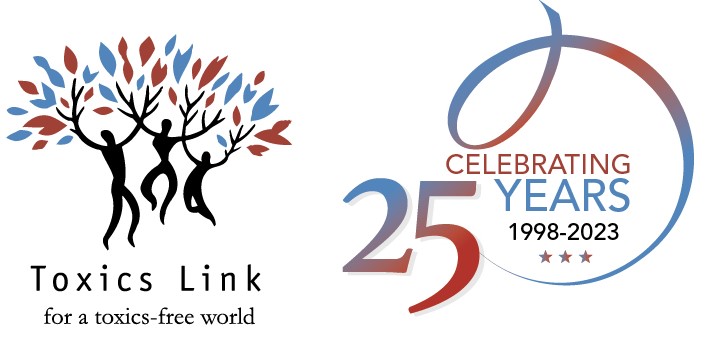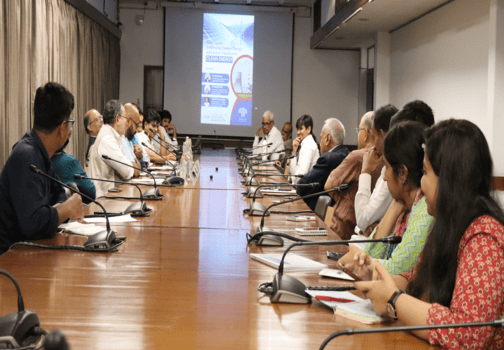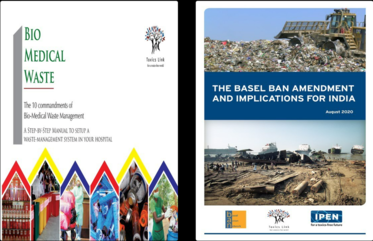POOR WASTEWATER AND SEWAGE TREATMENT
GOVERNMENT OF INDIA
MINISTRY OF JAL SHAKTI DEPARTMENT OF WATER RESOURCES, RIVER DEVELOPMENT & GANGA REJUVENATION
RAJYA SABHA
UNSTARRED QUESTION NO. 722
ANSWERED ON 10.02.2025
POOR WASTEWATER AND SEWAGE TREATMENT
722. SHRI JAVED ALI KHAN SHRI RAMJI LAL SUMAN
Will the Minister of JAL SHAKTI be pleased to state:
(a) whether only 28 per cent of the urban wastewater and sewage generated in the country undergoes treatment while the rest 72 per cent flows directly into water bodies;
(b) if so, the details thereof;
(c) the steps taken to expand urban wastewater treatment capacity to ensure that the untreated 72 per cent is brought under effective treatment systems along with estimated timelines and financial outlay for the same; and
(d) the measures taken by Government to enhance urban wastewater treatment infrastructure, including the number of Sewage Treatment Plants (STPs) currently operational, under construction, or proposed in major and emerging urban centres, Statewise?
ANSWER
THE MINISTER OF STATE FOR JAL SHAKTI (SHRI RAJ BHUSHAN CHOUDHARY)
(a) & (b) As per the report published by Central Pollution Control Board (CPCB) in March, 2021, sewage generation from areas in the country was estimated at 72,368 million litres per day (MLD), against which a treatment capacity of 31,841 MLD was available with the States/Union Territories (UTs). Statewise sewage generation and treatment capacity of Urban centers can be accessed at :- https://cpcb.nic.in/openpdffile.php? id=
UmVwb3J0RmlsZXMvMTIyOF8xNjE1MTk2MzIyX21lZGlhcGhvdG85NTY0LnBkZg==
(c) & (d) Cleaning/Rejuvenation of rivers is a continuous process. It is the primary responsibility of States/UTs and Urban Local Bodies to ensure required treatment of sewage and industrial effluents to the prescribed norms before discharging into the rivers and other water bodies. CPCB had issued directions on 21.04.2015 to State Pollution Control Boards (SPCBs)/ Pollution Control Committees (PCCs) under the Water (Prevention and Control of Pollution) Act, 1974 asking them to issue directions to Local Authorities for sewage management in their respective cities/towns and to submit time bound action plans for collection, transportation and treatment of sewage generated in urban area. CPCB also issued directions on 09.10.2015 to Local Authorities under Environment (Protection) Act, 1986 for 2 sewage management in Class I Cities and Class II towns and asking them to ensure that only treated waste water is disposed in accordance to the stipulated standard. The National Green Tribunal (NGT) has issued orders Original Application No. 673/2018, in which the NGT directed that all States/UTs should prepare action plans for the rejuvenation of polluted river stretches in the country identified in 2018 by CPCB. In compliance of these orders the States have got their action plan prepared and got approved from the competent authority. For monitoring,
As per the direction, the implementation of said action plans has been reviewed at all States/UTs and the central level. State wise details of action plans are at: https://cpcb.nic.in/mcngt-restoration/ For conservation of rivers, the Ministry has been supplementing efforts of the States/UTs by providing financial assistance for abatement of pollution in identified stretches of the rivers in the country through Central Sector scheme of “Namami Gange” for the rivers in Ganga basin, and Centrally Sponsored Schemes of National River Conservation Plan (NRCP) for other rivers. Apart from this sewerage infrastructure is created under programs like Atal Mission for Rejuvenation & Urban Transformation (AMRUT) and Smart Cities Mission of Ministry of Housing & Urban Affairs. NRCP has so far covered polluted stretches on 57 rivers in 100 towns spread over 17 States in the country with the project sanctioned cost of Rs. 8931.49 crore, and inter-alia, a sewage treatment capacity of 2941 million liters per day (MLD) has been created. Under the Namami Gange programme, a total of 488 projects, including 203 projects for sewage treatment of 6255 MLD capacity and a sewer network of 5,249 kms, have been sanctioned at a cost of Rs. 32,613 crore.






